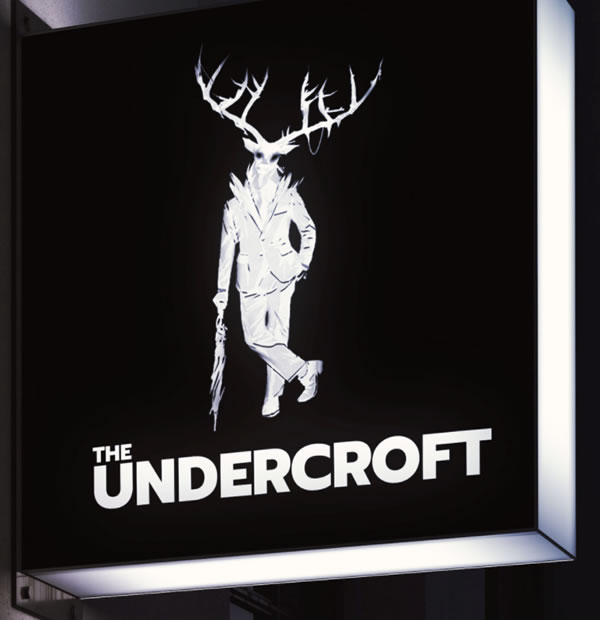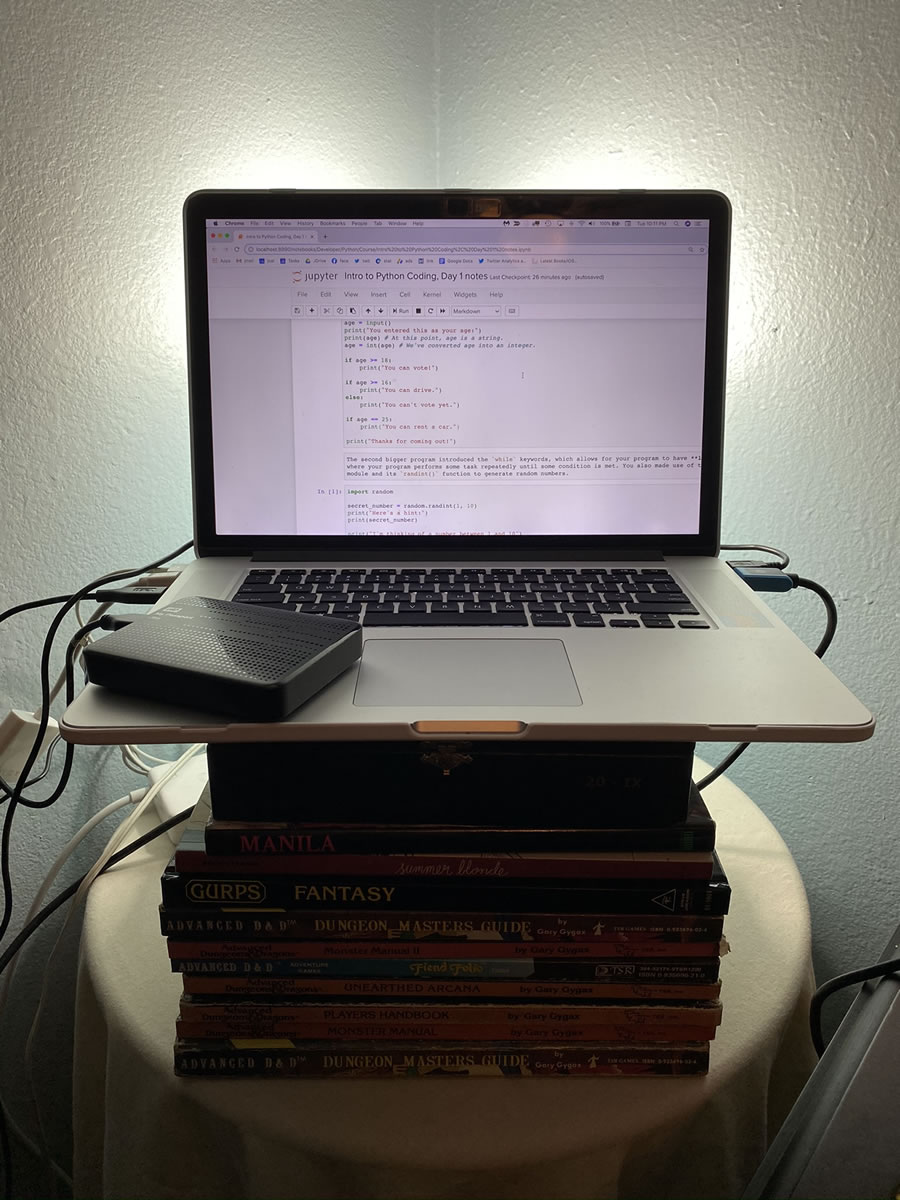
All of a sudden, the next few weeks will be busy ones for me. I’ll post details soon, but if you read one of my posts from the past week, you just might be able to guess what I’ll be up to.

All of a sudden, the next few weeks will be busy ones for me. I’ll post details soon, but if you read one of my posts from the past week, you just might be able to guess what I’ll be up to.

Hello, Tampa Bay techies, entrepreneurs, and nerds! Welcome to the weekly list of online-only events for techies, entrepreneurs, and nerds based in an around the Tampa Bay area.
Keep an eye on this post; I update it when I hear about new events, it’s always changing. Stay safe, stay connected, and #MakeItTampaBay!
There aren’t any online tech, entrepreneur, or nerd events in the Tampa Bay area scheduled…yet!
If you know of an upcoming event that you think should appear on this list, please let me know!
If you’d like to get this list in your email inbox every week, enter your email address below. You’ll only be emailed once a week, and the email will contain this list, plus links to any interesting news, upcoming events, and tech articles.
Join the Tampa Bay Tech Events list and always be informed of what’s coming up in Tampa Bay!

The Undercroft, Tampa Bay’s cybersecurity guild/collaboration space, is offering scholarships to members and non-members for the July 20th cohort of their UC Baseline cybersecurity skills program. Simply put, it’s a chance to learn essential cybersecurity skills from the area’s experts for free!
The UC Baseline program comprises the following courses:
Here’s The Undercroft’s offer:
Are you looking to take control of your personal privacy and security? Are you frustrated by disappearing jobs and want to make an impact in the cybersecurity industry? Do you have what it takes to ensure your economic future and that of others?
The Undercroft’s Baseline program was built for those with the fortitude to fight against daily attacks that threaten our way of life.
In response to the global pandemic and increasing uncertainty in our economy, we are offering a select number of scholarships to guild and non-guild members for our July 20th, 2020 cohort.
Interested? Sign up on their scholarship page. You’ve got only until sometime on Friday, July 17th to apply!
(I’ll admit it: Although I’m not likely to qualify, I applied.)
From 6:30 to 8:30 tonight, join the folks from Suncoast Developers Guild for an online hangout where everyone will share their tips and tricks for making the most out of their tech tools!
If you’re in tech and in the Tampa Bay area, you’ll want to keep an eye on what Suncoast Developers Guild are up to. They’re more than just a coding school — they hold and host regular community events, they sponsor all kinds of goings-on, they maintain a public Slack for local techies (suncoast.io), and they’re part of what makes the Tampa Bay tech scene what it is!

I don’t just use books as monitor stands for my Linux setup, but for my macOS setup as well — and it’s an equally geeky set of books!

Here’s that previous article about my Linux monitor stand setup:
![]()
Yesterday, I posted an article positing that WeWork’s CEO might just be indirectly and accidentally responsible for drastically changing the processor industry:
What if WeWork’s jamoke CEO accidentally changed the processor industry?
The article got a record number of pageviews, and I got a number of emails and direct messages asking all sorts of questions about Arm chips, from “What makes Arm processors so different?” to “Has anyone seen an Arm-based Mac in action yet?”
Here are some videos that should provide lots of background material to better help you understand Arm chips and Apple’s move to their own custom silicon.
Let’s start with this CNET supercut of the parts of the WWDC keynote where Tim Cook and company talk about Apple’s transition from Intel chips to their own Arm-based ones:
This is Max Tech’s best guess as to what the Arm-based Mac release timeline will look like:
Many people have a take on what Apple’s move to Arm means. Here are CNET’s top 5 guesses:
Here’s a video from a year ago that asks “Is Intel in trouble? Is ARM the future?”. It’s worth watching for its history lesson about Arm:
Here’s a really quick (under 6 minutes) look at Arm CPUs:
Here’s a more hardcore explanation of how CPUs (in general) work:
CPUs used to be stand-alone things, but we’ve been migrating to SOCs (systems on a chip) for some time. Here’s an explainer:
This Gary Explains video explains the differences between Arm’s and Intel’s architectures:
Here’s a reminder from Computerphile that Arm design chips — they don’t make them. There’s a difference:
Here’s a treat: an unboxing of Apple’s “developer transition kit”, which registered Apple developers can apply to try out to test their apps on Apple silicon. It’s a Mac Mini powered by an Apple A12z chip, which is the same processor that drives the iPad Pro.